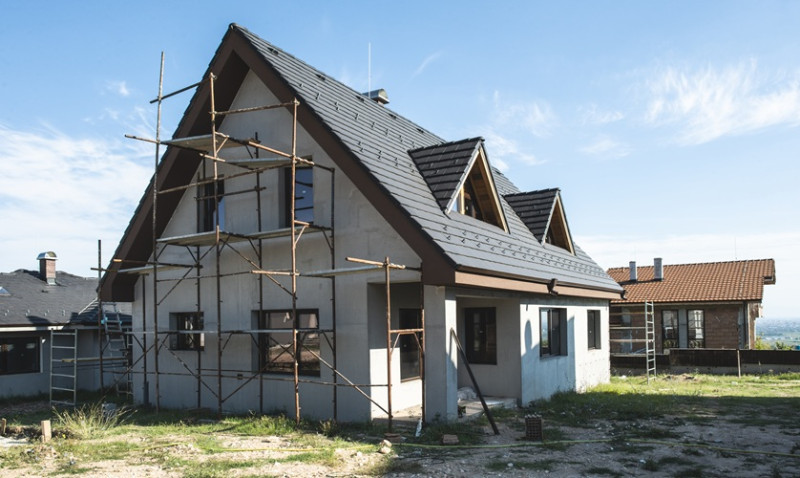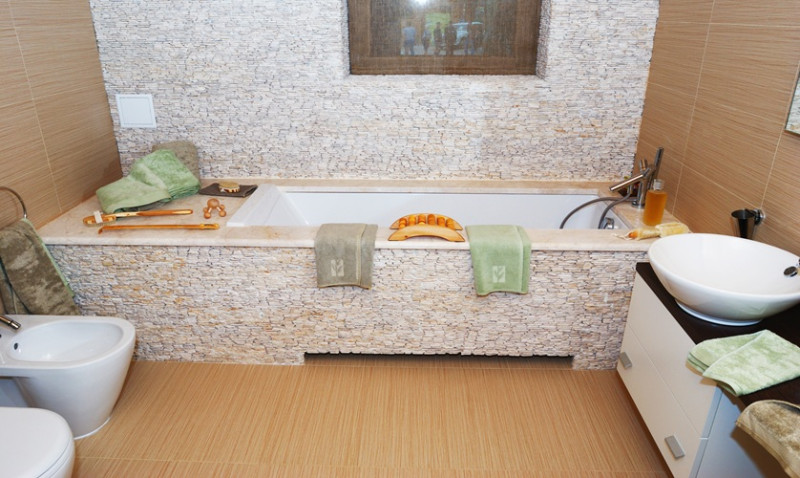
So, you’ve secured your apprenticeship—congratulations! Whether you’re stepping into a carpentry workshop, an interior design studio, or a contractor's van, the first day of your apprenticeship marks the exciting beginning of your professional journey. But what exactly should you expect when you show up on site, toolbox in hand? If you're a DIY enthusiast levelling up, a young professional interested in building trades, or someone passionate about design, understanding what your first day might look like will help you take that step with confidence.
1. A Warm Welcome and Induction
Most reputable businesses understand that first impressions count. On your first day, you can typically expect a structured onboarding experience. This might include a welcome talk with your supervisor or mentor, a guided tour of the premises, and an introduction to key team members you’ll be working with. Don’t worry if you feel overwhelmed—this is completely normal, and everyone remembers their first day!
Health and safety will likely feature heavily during your induction. You will learn where to find first-aid kits, fire exits, and how to wear protective clothing appropriately. Understanding safety practices is not just essential for legality—it’s vital for your own well-being, especially in physical trades such as plastering, electrical work, or painting and decorating.
Paperwork is usually part of the mix, too. You might be required to hand in or sign certain documents like insurance forms, apprenticeship agreements, or your working hours schedule. Double check you’ve brought everything requested ahead of time to avoid delays.
Finally, this initial meet-and-greet is your chance to ask questions. Don’t hesitate. Professionals appreciate curiosity, and the more you understand on Day One, the smoother your journey ahead will be.
2. Setting Expectations and Learning the Ropes
Your mentor or supervisor will likely walk you through what is expected of you throughout your apprenticeship. This could include what your learning objectives are, what tasks you can look forward to trying in the short term, and what milestones you're expected to hit over the weeks and months to come.
They might also introduce you to the systems and routines that keep their projects running smoothly—such as stock inventory sheets, digital scheduling tools, or colour palette planning software if you’re in interior design. Architects and designers often use advanced software packages, and apprentices are generally encouraged to gain at least basic familiarity with them.
For apprentices in hands-on roles like painting, wallpapering, or flooring, you might tag along with a seasoned tradesperson and observe how they work while helping with prep tasks such as sanding, masking edges, or mixing materials. Pay attention—it’s from these simple acts that your real training begins.
There’s also a cultural aspect to understand. Every workplace operates a little differently. Some teams are informal and relaxed, others more structured and time-oriented. Understanding these nuances early will help you find your place in the team smoothly.
3. Essential Tools and Gear
Depending on your trade, you may be expected to arrive with your own basic tool kit, or your employer might provide starter tools for you. Either way, you’ll be shown how to properly handle and care for any equipment, especially power tools. You’ll also likely be issued some form of PPE (personal protective equipment) such as gloves, goggles or a high-vis vest.
For budding interior designers or architects, your ‘tools’ may be a laptop, swatch books, a measuring tape, and possibly access to CAD or design visualisation software like SketchUp or AutoCAD. Organise all your materials so you're ready to learn without constantly searching for bits and pieces.
Don’t be afraid to speak up if you don’t know how to use something. No one expects you to be a pro on Day One—that’s what the apprenticeship is for! Being open to instruction reduces the chance of mistakes and helps to build trust with your mentor.
And of course, dress appropriately. Your employer should give you a dress code; if not, default to smart-casual for office-based roles and durable, practical clothing for trade-based apprenticeships.
4. Real Work from Day One
Yes—you’ll likely get involved in real, hands-on work right away. While tasks may start simple, your team will want to see how you handle responsibility. Common Day One tasks could include:
- Setting up a work area or preparing surfaces for painting or tiling
- Sorting materials and organising inventory
- Measuring distances, fixtures, or floor areas
- Shadowing a lead tradesperson and helping with tool handling
- Observing client consultations, if you're in a design role
Remember: doing the small jobs well builds trust for the bigger responsibilities later. Show initiative by offering to clean up, hand tools over, and prepare the workspace at the beginning or end of the day. These efforts don’t go unnoticed and show your willingness to be a team player.
Be mindful that your contributions support a real project—perhaps someone's new kitchen, office space, or dream bathroom—so every task, no matter how ‘junior’ it seems, plays a crucial role in overall success.
5. Building Relationships
Relationships are key in any trade or design environment. The first day is an ideal opportunity to begin making those connections. From the site manager to the tea-station regulars, every person you meet is a potential teacher, supporter, or future colleague.
Be polite, enthusiastic, and genuine. Apprenticeships are not only about mastering skills—they’re also a chance to prove that you're someone who people enjoy working with. Pay attention to how others communicate, especially during pressure points like tight project deadlines or client meetings.
If you’re working with professionals in design or architecture firms, you'll want to observe how they balance creativity with practicality, and how they communicate ideas to clients. These are subtle yet critical skills you’ll be absorbing from the start.
Say "thank you", keep a notepad, and don’t be afraid to ask someone about their own journey—many tradespeople are proud to share how they started out, and you’ll likely come away with a golden nugget of wisdom or two.
6. Getting Used to the Routine
Every workplace has a rhythm, and part of your Day One experience will be adjusting to it. Understand when breaks are, what time lunch is taken, and how punctual you'll need to be (an answer to this: very!). Your reliability will be closely observed during the early days of your apprenticeship, so always err on the side of preparedness and professionalism.
You may feel tired by the end of Day One—and that’s perfectly normal. The physical and mental adjustment can be draining, especially if it’s your first taste of full-time work. But the more consistent your routine, the quicker your body and brain will adapt.
Consider keeping a simple log or journal of what you learned each day. This habit not only helps retention but allows you to track your own progress more clearly over time. Referral to these notes can be useful in progress meetings with mentors down the line.
Above all, keep showing up. Even if some tasks feel repetitive now, they are building your muscle memory and familiarity with tools, materials, and procedures that will benefit you for years to come.
Final Thoughts: Stay Curious, Stay Humble
Your first day as an apprentice is not a test—it's the beginning of an exciting journey that will shape your career. Whether you aspire to be a master plumber, high-end interior designer, or even run your own architectural design firm, every journey starts with learning the basics.
Approach your apprenticeship like you would a high-quality redecoration project—measure carefully, plan thoughtfully, and execute with pride. And remember, everyone begins somewhere. Day One is your first step into a brighter, more skilled future.






